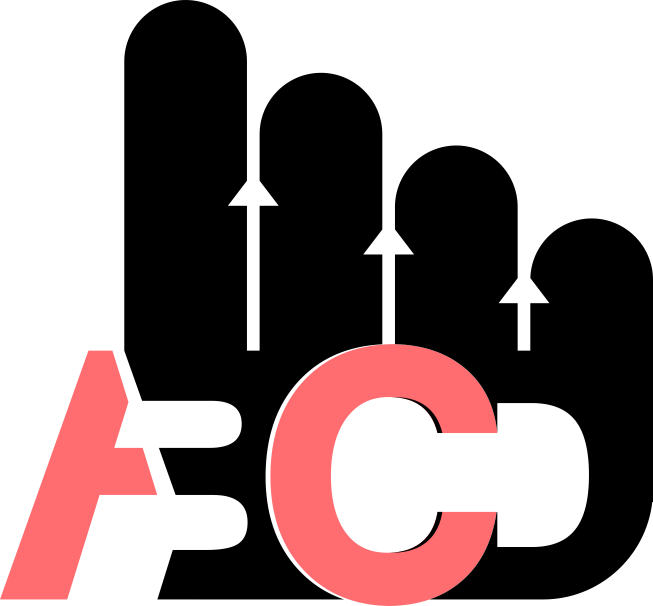Flexible ureteroscopy and laser lithotripsy in unilateral multiple renal stones
DOI:
https://doi.org/10.56056/amj.2023.222Keywords:
Multiple renal stones, Retrograde Intrarenal Surgery, UreteroscopyAbstract
Background and Objectives: To identify the factors contributing to stone-free rates and postoperative complications of flexible ureteroscopy and laser lithotripsy in unilateral multiple renal stones.
Methods: A total of 20 patients had retrograde intrarenal surgery procedures to treat unilateral multiple renal stones, less than 50 mm collectively were reviewed from May 2021 to December 2021. Stone numbers were calculated, and stone size was measured as the cumulative stone diameter of all intrarenal stones. The clinical insignificant residual stones were defined as the absence of stone fragments <4 mm in the kidney at the end of the procedures. Baseline patient characteristics, operation time, hospital stay, stone-free rates, and complications were recorded.
Results: Retrograde intrarenal surgery was performed on 20 patients (12 males and 8 females). The overall success rate was 80%. Depending on the sizes of the stones, patients with stones <20 mm had a stone-free rate of 100% (10/10 patients), and patients with stone size ? 20mm had a stone-free rate of 60% (6/10) with a (p < 0.003). The number of stones per renal unit was two in 13 patients with a stone-free rate of (92.3%), three in 7 patients, and a stone-free rate was (57.1%) with a (p= 0.06). Postoperative complications were encountered in 4 patients (20%), and all were treated conservatively.
Conclusions: Retrograde intrarenal surgery provides a satisfactory stone-free rate with a low complication rate when treating multiple renal stones. However, the success rate, stone-free rate, and the number of sessions significantly depend on the size and the number of stones.
Downloads
References
Pearle MS, Calhoun EA, Curhan GC; Urologic Diseases of America Project. Urologic diseases in America project: urolithiasis. J. Urol. 2005;173: 848-57.
Stamatelou KK, Francis ME, Jones CA, Nyberg LM, Curhan GC. Time trends in reported prevalence of kidney stones in the United States: 1976-1994. Kidney Int. 2003;63: 1817-23.
Fink HA, Wilt TJ, Eidman KE, et al. Medical management to prevent recurrent nephrolithiasis in adults: a systematic review for an American College of Physicians Clinical Guideline. Ann Inter Med. 2013; 158(7):535-43.
Traxer O, Dubosq F, Jamali K, Gattegno B, Thibault P. New-generation flexible ureterorenoscopes are more durable than previous ones. J.Urol. 2006;68(2):276-9.
Breda A, Ogunyemi O, Leppert JT, Lam JS, Schulam PG. Flexible ureteroscopy and laser lithotripsy for single intrarenal stones 2 cm or greater—is this the new frontier?. J Urol. 2008;179(3):981-4.
Geraghty R, Abourmarzouk O, Rai B, Biyani CS, Rukin NJ, Somani BK. Evidence for ureterorenoscopy and laser fragmentation (URSL) for large renal stones in the modern era.Curr Urol Rep. 2015:16(8):54.
Akman T, Binbay M, Ozgor F, et al. Comparison of percutaneous nephrolithotomy and retrograde flexible nephrolithotripsy for the management of 2–4 cm stones: a matched?pair analysis.BJU Int. 2012; 109(9):1384-9.
Hyams ES, Shah O. Percutaneous nephrostolithotomy versus flexible ureteroscopy/holmium laser lithotripsy: cost and outcome analysis. J Urol. 2009;182(3):1012-7.
Geraghty R, Abourmarzouk O, Rai B, Biyani CS, Rukin NJ, Somani BK. Evidence for ureterorenoscopy and laser fragmentation (URSL) for large renal stones in the modern era. Curr Urol Rep. 2015;16(8):1-6.
Chung BI, Aron M, Hegarty NJ, Desai MM. Ureteroscopic versus percutaneous treatment for medium-size (1–2 cm) renal calculi. J.Endo. 2008;22(2):343-6.
Kronenberg P, Somani B. Advances in lasers for the treatment of stones—a systematic review. Curr Urol Rep. 2018;19(6):1-1.
Brewin AE, Somani BK. What is new in lasers for endourology: looking into the future.
Basulto-Martínez M, Proietti S, Yeow Y, et al. Holmium laser for RIRS. Watts are we doing? Arch Esp Urol 2020;73(8):735-44.
Mandal S, Goel A, Kathpalia R, et al. Prospective evaluation of complications using the modified Clavien grading system, and of success rates of percutaneous nephrolithotomy using Guy's Stone Score: A single-center experience. IJU:2012;28(4):392.
Zagoria RJ Retrospective view of "diagnosis of acute flank pain: the value of unenhanced helical CT.." AJR. 2006;187(3):603-4.
Özdedeli K, Çek M. Residual fragments after percutaneous nephrolithotomy. Balkan Med J. 2012; 29(3): 230–5.
Türk C, Pet?ík A, Sarica K, et al. EAU guidelines on interventional treatment for urolithiasis. Eur Urol 2016;69:475–82.
Takazawa R, Kitayama S, Tsujii T. Successful outcome of flexible ureteroscopy with holmium laser lithotripsy for renal stones 2?cm or greater. Int J Urol 2012;19:264–7.
Suliman A, Burki T, Garriboli M, et al. Flexible ureterorenoscopy to treat upper urinary tract stones in children. Urolithiasis 2020;48:57–61.
Vito M, Luigi C, Nicola d, et al. Retrograde intrarenal surgery for symptomatic renal sinus cysts: long-term results and literature review. Urol Int 2018;101:150–5.
Zewu Z, Cui Y, Feng Z, et al. Comparison of retrograde flexible ureteroscopy and percutaneous nephrolithotomy in treating intermediate size renal stones (2-3?cm): a meta-analysis and systematic review. Int Braz J Urol 2019;45:10–22.
Sercan S, Mehmet C, Aykut A, et al. Outcomes with ureteral access sheath in retrograde intrarenal surgery: a retrospective comparative analysis. Ann Saudi Med 2020;40(5):382-388.
Downloads
Published
Issue
Section
License
Copyright (c) 2023 Aso Omer Rashid, Lawan Twana Kamal, Goran Friad Abdulla

This work is licensed under a Creative Commons Attribution-NonCommercial-ShareAlike 4.0 International License.
The copyright on any article published in AMJ (The Scientific Journal of Kurdistan Higher Council of Medical Specialties )is retained by the author(s) in agreement with the Creative Commons Attribution Non-Commercial ShareAlike License (CC BY-NC-SA 4.0)














